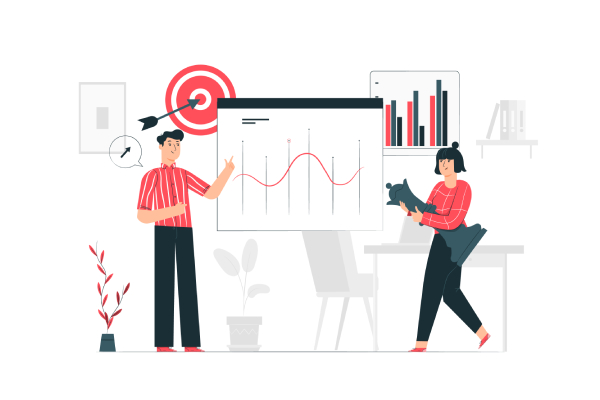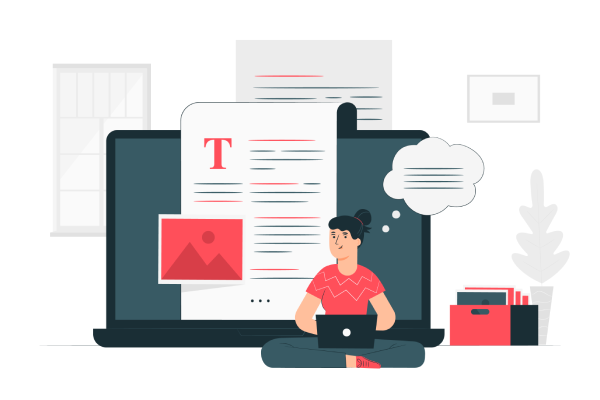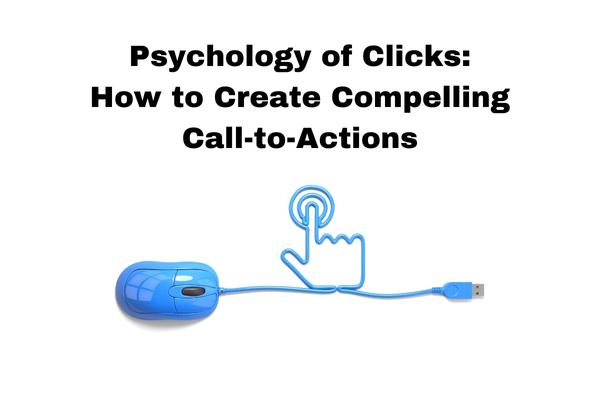What is the objective of an SEO audit?
Highlight the SEO optimizations of a site as soon as it goes online. Its analysis is focused on content strategy, respect for good technical practices, and the inventory of net linking (internal and external networking).

The technical part of your site: An essential factor for a complete SEO audit
A site must be optimized from a technical point of view. Before even setting up content or net linking strategy, it is important to ensure that the site is usable and readable by search engines.
About the users
The technical aspect of a site is essential in order to offer users pleasant navigation. The site must be fast and clear, both on mobile and on desktop, in order to bring users to existing pages that correspond to their expectations and their search for information. If a page takes a long time to load, or display items correctly, or simply if it does not meet their expectations, users tend to leave the site, which affects the bounce rate of the latter.
About search engine robots
The technical aspect is an essential SEO factor on several levels:
First, Google does not want to index pages that do not offer an optimal experience to its users. Slow pages, therefore, see their positioning constantly drop.
Then, if your site is slow and difficult to crawl, many pages are not visited by Google robots. They are therefore not a priority in the eyes of Google and may see their positioning drop.
Status Codes
One of the elements to observe during the audit is the code status of the pages of your website. Indeed, when an Internet user seeks to access a URL, the web server responds directly by indicating an HTTP code. It is therefore essential that your pages have the correct HTTP code to promote the crawl of Google robots.
What are the different existing codes?
Code 200, the page exists and is accessible
Code 301/302, the page has changed URL and is redirected. Code 301 occurs for pages that have permanently changed addresses, while code 302 occurs for a temporary change.
Code 404, the page no longer exists
Code 500, the page has an internal server error and is not displayed
Focus on 404 pages: pages not found
In order to keep a healthy website while offering the best possible browsing experience, it is essential to avoid 404 pages. They provide a bad browsing experience for users and do not facilitate the crawling work of crawlers. The crawl is therefore not optimized, the indexing robots crawl irrelevant pages and waste precious time.
Thus, in the tree structure of a site and throughout its navigation path, no untraceable page should be present.
Nevertheless, it is strongly recommended to personalize your 404 page. The user is never safe from facing a 404 page for 2 reasons:
He enters an incorrect URL
The site has undergone modifications resulting in pages or resources not being found
How to personalize your 404 pages?
Display a 404 error message with an apology. This message must be personalized to encourage the user to perform a new search
Display a button back to the home page in order to perform a new on-site journey
Display a search bar on the page in order to invite the user to make a new request
The loading time of a site

The loading speed of a web page is officially a ranking criterion on Google since 2010 on desktop and 2018 on mobile. It indeed improves the user experience.
The faster a site’s loading time, the more GoogleBot (Google’s crawler) will crawl (explore) and index pages per day. This increase in the volume of crawled pages improves the positions and the number of visits per page.
On the contrary, a slow site degrades the user experience, sends the wrong signals, and can lead to loss of visibility on search engines.
The content of a site: an important part for a complete SEO audit

Content in an SEO Strategy
Quality content enriches the user experience within a website. It is also used to better guide users to provide them with the information they are looking for. Good content engages users more, helps them rank on a set of queries on search results pages (SERPs), and helps capture more traffic.
In addition, in-depth work on the semantics and structure of the content is essential. Indeed, the search engine robots thus know the subjects of each page and have a better understanding of the site. From this step, the robots are able to update their index.
Textual content of a page
Any page always addresses a theme / a main subject. It is then advisable to identify the main characteristic keyword. This appears as the main keyword in SEO. It is also essential to identify similar keywords, synonyms, associated keywords, and any other secondary keywords that are part of the lexical field of the page. All of these semantics then make it possible to create quality content for the pages of the site.
For example, on certain strategic pages, it is often possible to add a paragraph of text of 500 to 1000 characters located at the introduction or at the end of the page. This allows you to present the subject/theme of the page while respecting good SEO practices. Thus, the SEO keywords are targeted and the semantic field is widened. The goal? Better position the page in question on search engines when an important request is made.
Always with a view to increasing the content on your site and positioning it on new keyword queries, you can opt for writing blog articles. Here you will find 7 tips for writing effective SEO articles.
The two aspects of net linking: essential elements for carrying out an SEO audit
What do we mean by Netlinking?
The implementation of a strategy related to the links towards or between the pages of your site. These links can take two forms:
The internal mesh, these are link between the different pages of a site
The external mesh (also called backlinks), these are links from third-party sites pointing to a page of a site
The internal mesh has two main uses
It guides the user. An Internet user can browse the pages of a site thanks to the links that exist between them.
Then, the internal mesh is used to optimize the crawl of the site: the indexing robots follow the links to browse the pages. The more links a page receives, the more likely it is to be crawled regularly. The number of internal links leading to a page is an indicator of the importance of a page, relative to the other pages of the site.
The external network pursues several objectives
It is used to redirect Internet users to your site. For example, if a high-profile site publishes an article about your brand and links to your site, it is very likely that several Internet users will click in order to discover more and why not buy a product or appeal to your customers. services!
On the other hand, Google’s algorithm takes into account the number and quality of links pointing to a site and to a page to determine their relevance. The more links a site receives from relevant sites, the better Google considers it to be. Its positioning will therefore change on search engines.
To successfully carry out an SEO audit, understand the reasons for poor positioning and implement effective solutions, trust our team of SEO consultants. Their expertise will bring you a new vision and will support you in your decision-making.
Need To Level Up Your Business?
To know more about how we can help you to boost your website’s performance, Contact Us.




